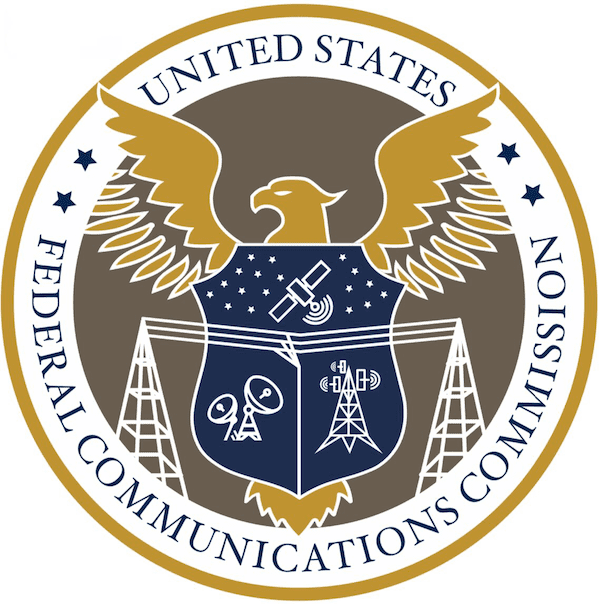I just chose a state and audited all active LPFM stations in that state:
- 43% are licensed to organizations that do not exist, but previously existed.
- 57% are licensed to organizations that exist.
- 67% have long expired and have no recourse.
- 33% have expired but are in a limited window to submit their back fees and penalties for consideration.



